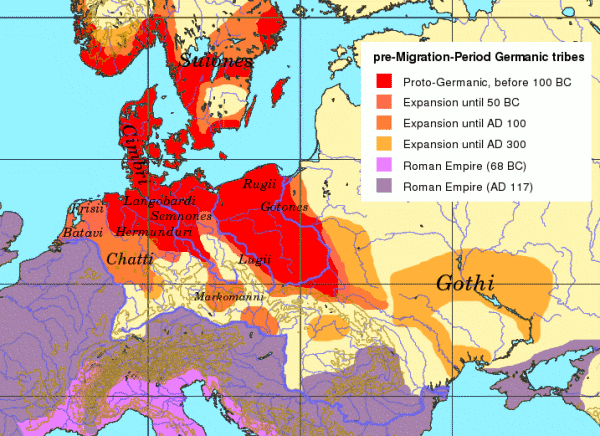I think Slavs is just a gross forgery.
Why?
Simple,because Thracians and Dacians could not just vanish.
So we have so called "Slavs" which are actually Thracians that have various influences.
We have Ukrainians,Russians,Belarusians,which have strong North Germanic (Varangian) influences and are heavily mixed with Fino-Ugric people.
We have West Slavs which are from Thracians that suffered strong influences from West Germanic people.
We have South Slavs,which are Dacians,strongly influenced by East Germanic people.
We have Romanians,which are Thracians that suffered strong influences from Romance people.
I am talking about cultural influences.Not about language. Is clear that Bosnia,Serbia,Montenegro have a certain style,in their villages,in their towns,in how a house of a peasant looks and so on.
That Poles,Czechs,Slovaks have a different style,that Russians and Bellarusians and Ukrainians have again a different style.
Romanians are closed culturally to Slavs,but are not identical,they have various different things.
Now coming to language:
If Romanians had Romance speakers as ruling class,this is what gave Romanian language and part of the culture,the style of cities and so on.
As for Serbians,Montenegrins,Bosnians these people with their high percentage of I2-din South seems to be the remnants of the Dacians.
How the languages are so closed?
Is possible that Thracians influenced by Viking or East Germanic people expanded South,they were genetically a mix of populations,but they were speaking something closed to today Slavic language.
A clear thing is that Slavs are not attested before 600 AD.
Baltic people are closed to Slavs,as language but culturally,they have things that Slavs do not have.
It is also possible that Baltic people conquered Thracians and that this is how Slavic people as an ethnicity appeared.
Anyway,the language I think have few in common with paternal lines,to impose a language to a conquered people,is enough to have the ruling class speaking that language.
It is very possible that R1A bearers brought Slavic language to South Slavs,they were just the ruling elite.
As for what Tormenable is saying,about skull measurements from Croatia being identical to those form Poland,that is just a myth.
Poland and Croatia have different phenotypes,not only one phenotype.
It is not possible to have a Baltid from Poland have same skull measurements with a Dinarid from Croatia.
How can you say Tormenable that Croatians and Poles are same race,when most Poles are Baltids as phenotypes while most Croats are Dinarids?
Come on,be serious.

As for common language,or closed languages,would anyone tell that people from South America are same race with Spaniards,or would call them Spaniards,because they are speaking Spanish?
No,is just that the conquerors were Spaniards,which imposed the language there.
See,how easy a language can be imposed to a conquered population?





